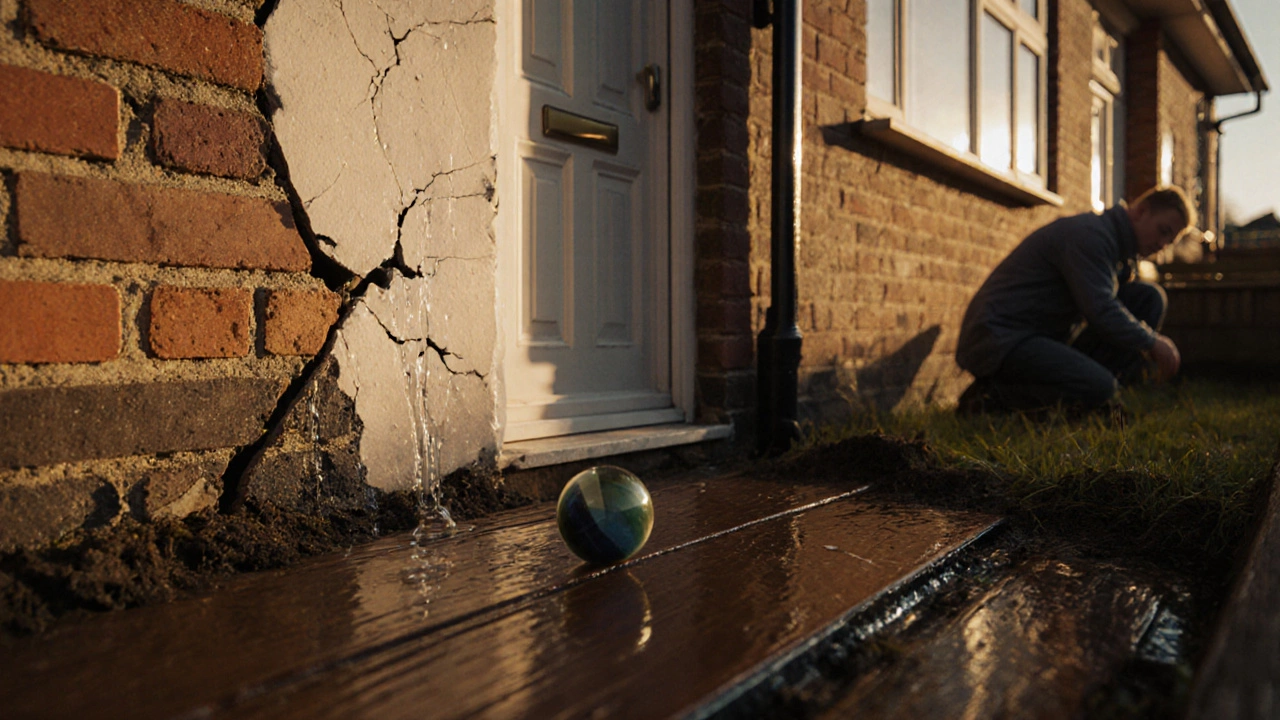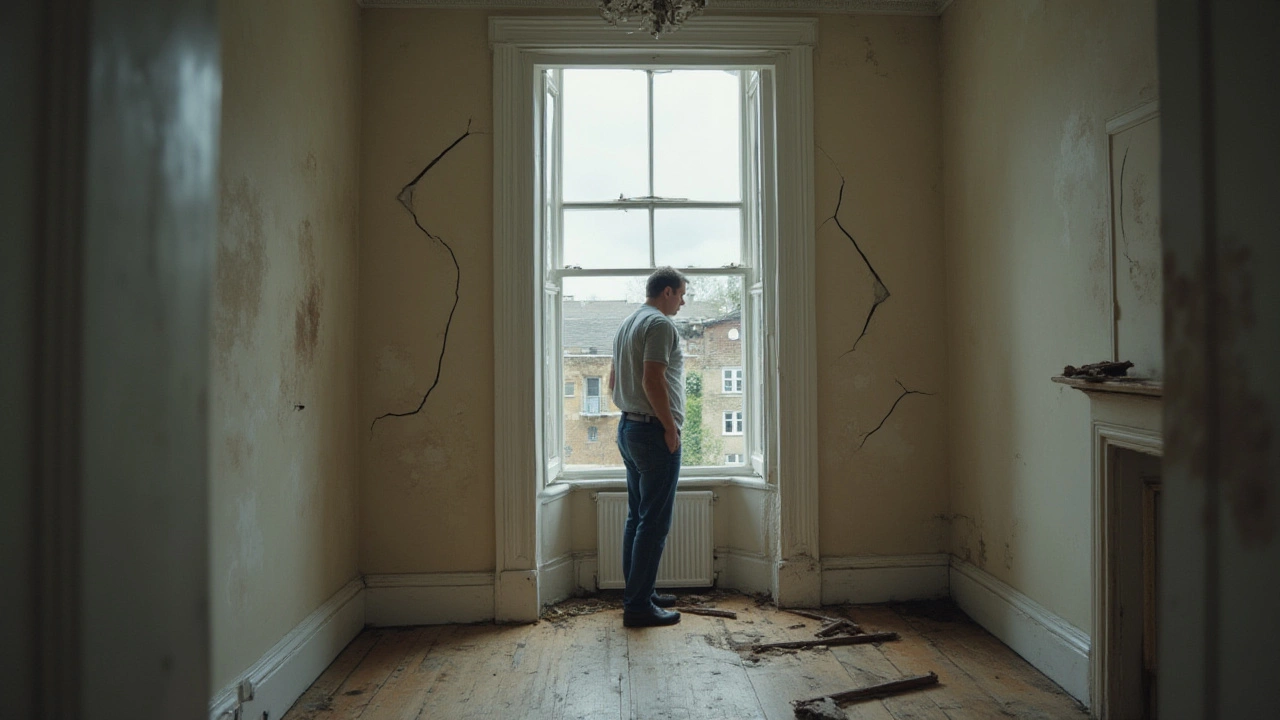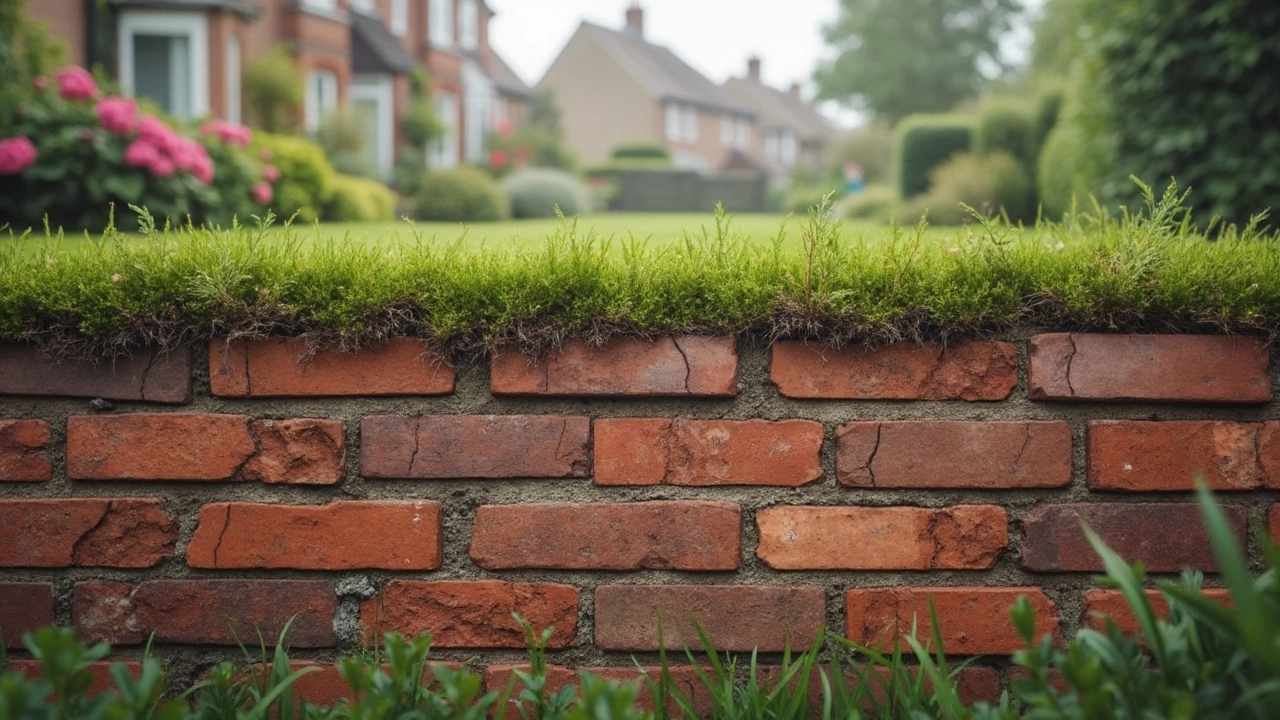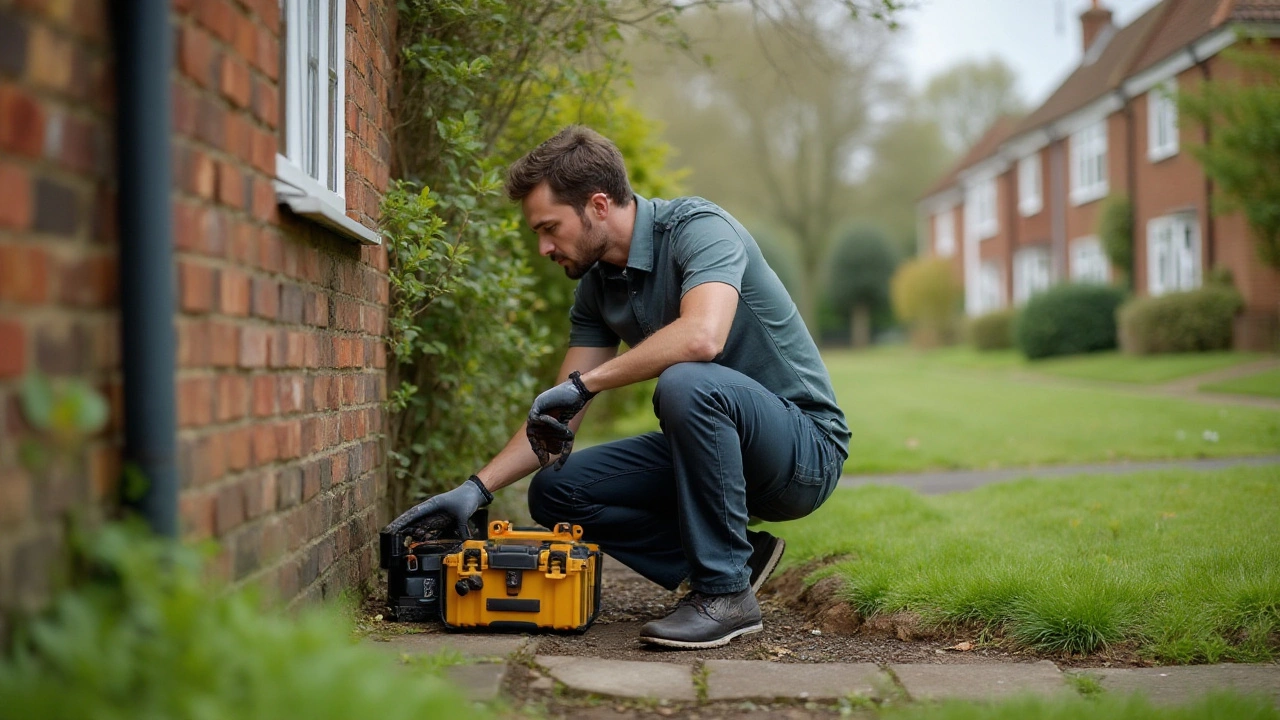Foundation Cracks: Spot, Fix, and Prevent
Seeing a line in your basement wall or a gap in your garage floor can feel like a warning sign. Those cracks might be harmless shrinkage, or they could signal a bigger problem under your home. Knowing the difference saves you money and stress.
Common Causes of Foundation Cracks
Most cracks start with soil movement. When the ground expands from rain or shrinks during dry spells, it pushes or pulls on the concrete. Poor drainage adds pressure, especially if water piles up against the foundation. Overloading – like adding a heavy deck without proper support – can also force the slab to split.
Temperature changes play a role, too. Concrete expands in heat and contracts in cold, creating tiny stress points that turn into hair‑line cracks. In older homes, the original construction may have used lower‑grade materials, making the foundation more vulnerable.
Quick Ways to Diagnose and Repair
First, measure the crack. A hair‑line crack (less than 1 mm) is usually a cosmetic issue. Anything wider than 3 mm, especially if it’s growing, needs professional attention. Look for vertical cracks in walls – they often indicate settlement – and horizontal cracks in basement walls, which can signal water pressure problems.
If the crack is small, you can use a epoxy injection kit. Clean the crack, apply the epoxy, and let it cure. This bonds the concrete and stops moisture from seeping in. For larger gaps, a polyurethane foam sealant works well; it expands to fill the void and remains flexible as the foundation moves.
Don’t forget to address the source. Make sure gutters direct water at least 6 feet away, and install a French drain if water pools near the footings. Adding soil grading or a moisture barrier can also keep future movement to a minimum.
When you suspect a serious issue – like wide, jagged cracks that keep widening – call a structural engineer. They’ll assess whether underpinning, piering, or slab replacement is needed. These solutions are more costly, but they protect the integrity of the whole house.
Regular checks are cheap insurance. Walk around your property once a season, note any new cracks, and compare photos over time. Early detection lets you use simple DIY fixes instead of expensive rebuilds.
Bottom line: not all foundation cracks are emergencies, but ignoring them can turn a small line into a big headache. By spotting the signs, measuring correctly, and sealing the right way, you keep your home stable and your wallet happier.
How to Fix a Sinking Foundation: Step-by-Step Solutions for Homeowners
- Gavin Whitaker
- |
- |
- 0
Learn how to fix a sinking foundation with proven methods, cost estimates, and prevention tips. Stop further damage before it becomes a costly emergency.
View moreFoundation Problems: Proven Solutions for Long-Lasting Home Stability
- Gavin Whitaker
- |
- |
- 0
Learn how to spot, address, and fix foundation problems. Discover proven methods, expert tips, and what repairs really work so your home stays strong.
View moreMajor Foundation Issues: Recognizing Structural Damage Signs and Solutions
- Gavin Whitaker
- |
- |
- 0
Cracks in your walls or doors that won't shut? Learn what really counts as a major foundation issue and what repairs could look like for your home or business.
View moreShould You Water Your House Foundation? How Moisture Prevents Costly Foundation Cracks
- Gavin Whitaker
- |
- |
- 0
Worried about cracks in your house foundation? See if watering your foundation helps, why soil moisture matters, and how to protect your home for the long haul.
View moreFoundation Crack Size: When Does It Become a Real Problem?
- Gavin Whitaker
- |
- |
- 0
Worried about cracks in your home's foundation? This article digs into which crack sizes are harmless and which should send you running for repair help. We break down the types of cracks, what causes them, and red flags that shouldn't be ignored. With clear examples and no-nonsense advice, you'll know exactly when you need to call in the pros. Get practical tips to spot the difference between normal settling and real trouble.
View moreEffective Methods for Fixing Foundation Cracks: Inside vs. Outside Approaches
- Gavin Whitaker
- |
- |
- 0
Repairing foundation cracks can be approached from either the inside or outside of a building. Knowing which method is best suited for your specific situation depends on factors like the extent and location of the damage, climate, and type of foundation. By understanding the advantages and disadvantages of both internal and external repairs, homeowners can make informed decisions. This article provides insights into when and how to choose the right repair method to ensure the longevity and safety of a structure.
View more




